
Betula lenta - Plant
(MRP Inclusive of all taxes)
- Shipping ₹79 for entire order
- Dispatch in 7 days
- Country of origin: India

(MRP Inclusive of all taxes)
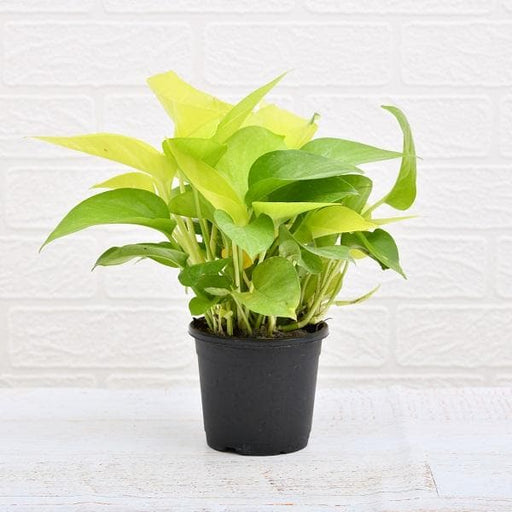 Save 29%
Save 29%
Air Purifier Money Plant with Pot The Air Purifier Money Plant, also known as Pothos or Epipremnum aureum, is a stunning indoor plant that...
View full details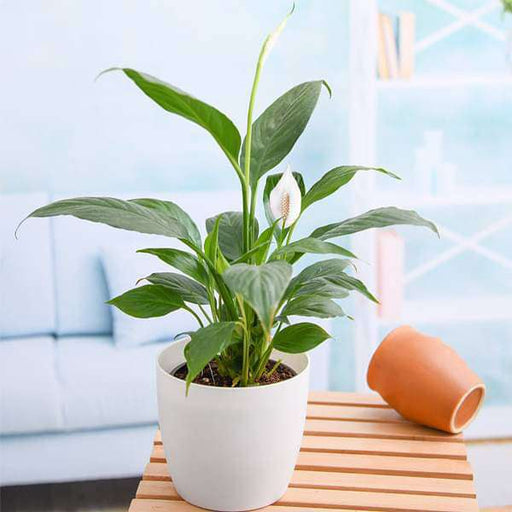
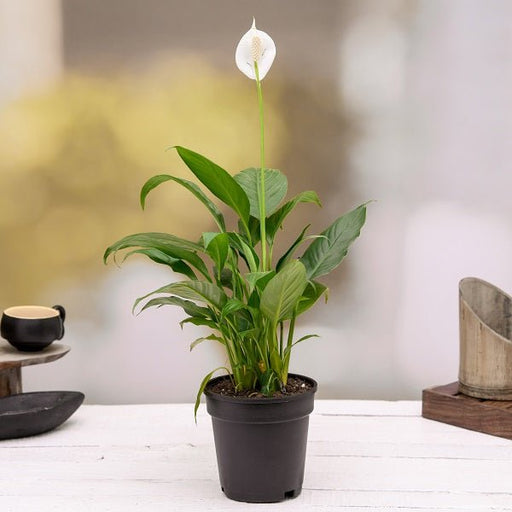 Save up to 15%
Save up to 15%
Peace Lily, Spathiphyllum - Plant The Peace Lily, scientifically known as Spathiphyllum, is a stunning houseplant celebrated for its elegant white...
View full details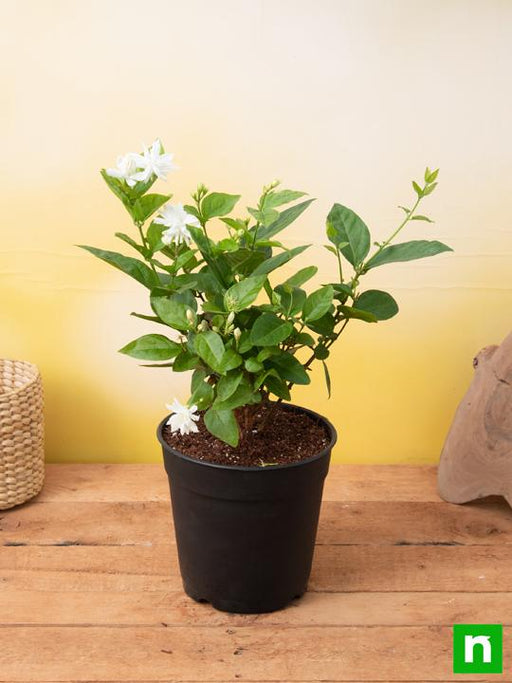
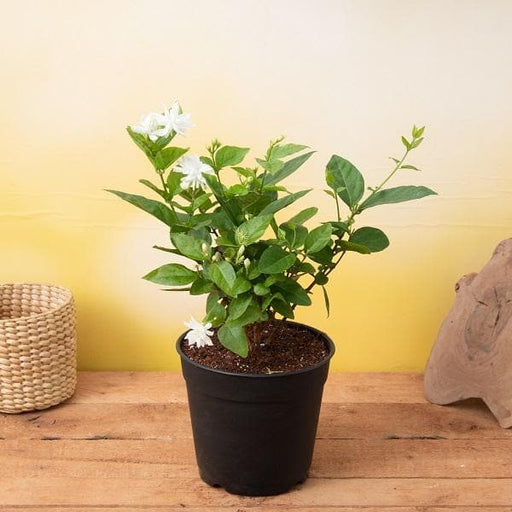 Save 25%
Save 25%
Jasminum sambac, Mogra, Arabian Jasmine - Plant Jasminum sambac, commonly known as Mogra or Arabian Jasmine, is a fragrant flowering plant...
View full details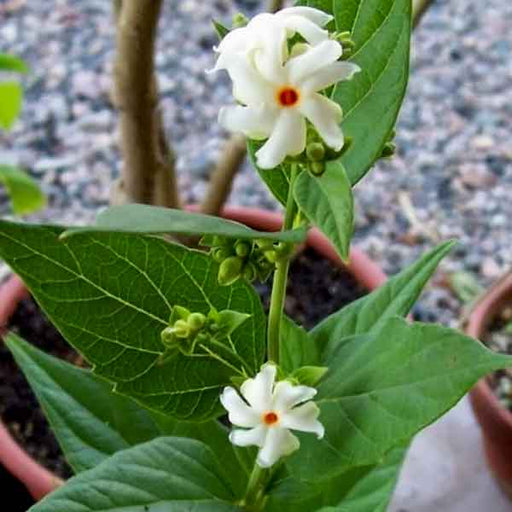
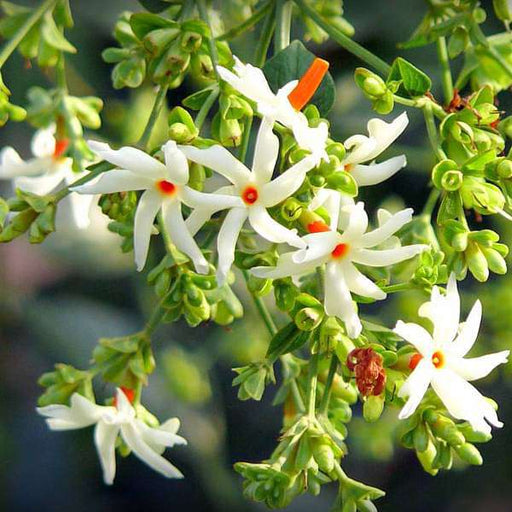 Save 18%
Save 18%
Combo Constituents Includes the Parijat Tree (Night-Flowering Jasmine), a culturally significant plant with fragrant flowers. Description The Pari...
View full details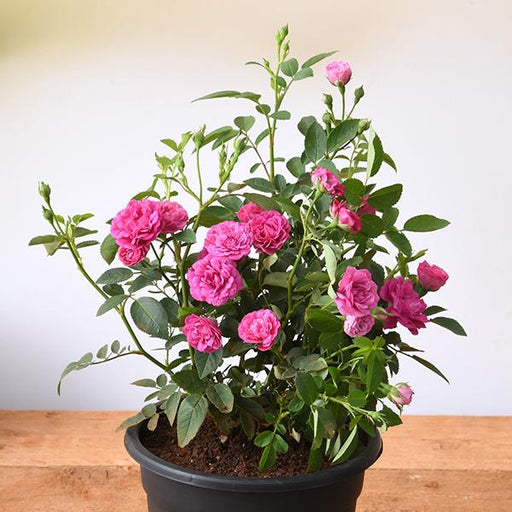
 Save 25%
Save 25%
Miniature Rose, Button Rose (Any Color) - Plant The Miniature Rose, also known as the Button Rose, is a charming and compact flowering plant that ...
View full details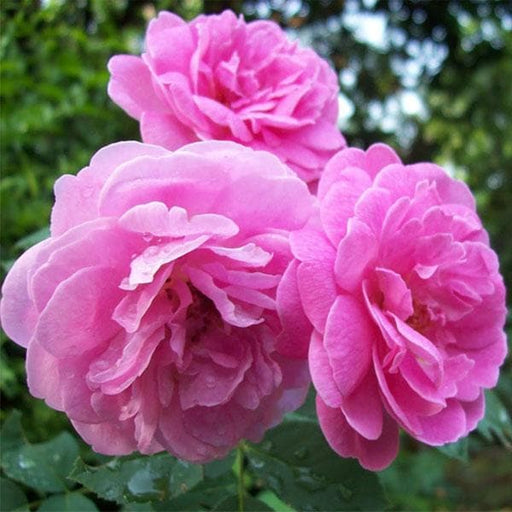 Save 25%
Save 25%
Damascus Rose, Scented Rose (Any Color) - Plant The Damascus Rose, also known as Rosa damascena, is a timeless symbol of beauty and romanc...
View full details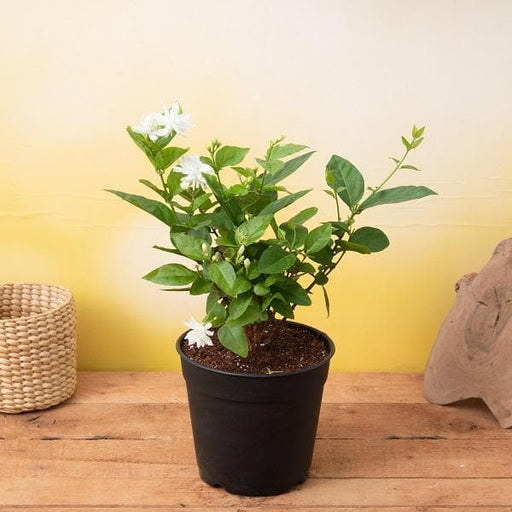
 Save 17%
Save 17%
Beautiful Fragrant Mogra, Arabian Jasmine Plant with Pot The Beautiful Fragrant Mogra, also known as Arabian Jasmine (Jasminum sambac), is...
View full details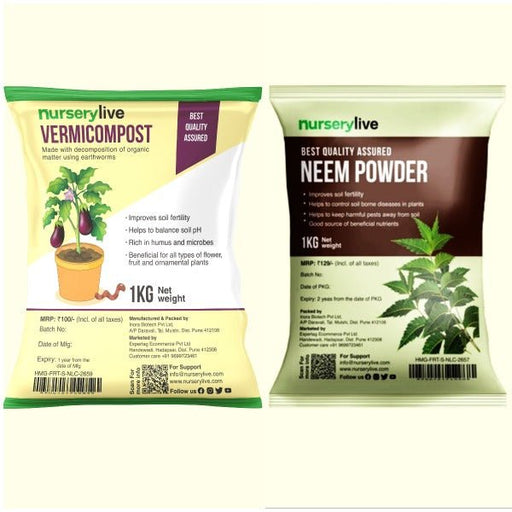 Save 15%
Save 15%
Pack of Vermicompost and Neem Cake for House Plants Transform your indoor garden with our premium Pack of Vermicompost and Neem Cake, spec...
View full details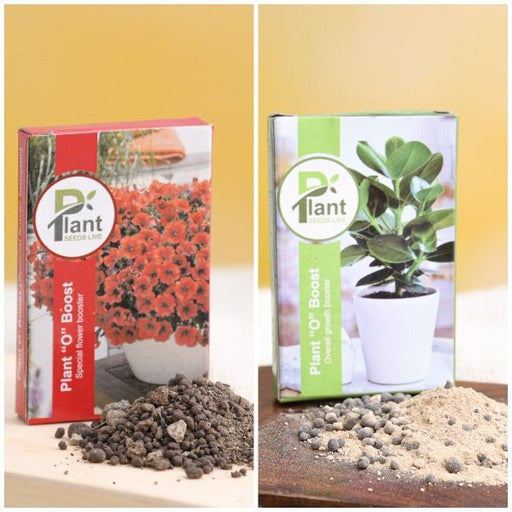
Pack of Plant Growth and Flower Boosters Unlock the full potential of your garden with our Pack of Plant Growth and Flower Boosters! This ...
View full details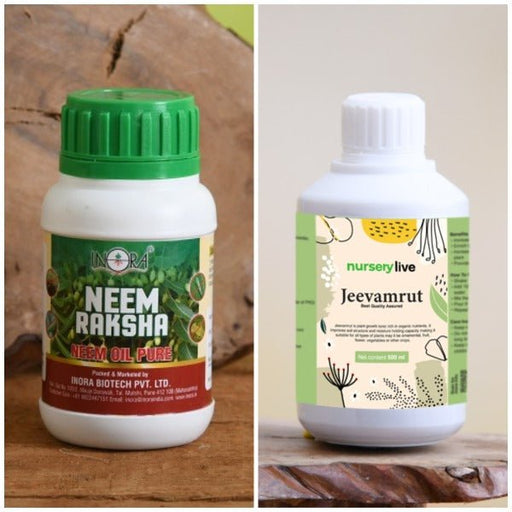 Save 38%
Save 38%
Combo of Jeevamrut and Neem Raksha for Easy Growth and Protection of Houseplants Transform your indoor garden with our exclusive combo of ...
View full details Save 22%
Save 22%
Plant Nutrients Kit (Pack of 16) for a Healthy Garden Transform your garden into a lush paradise with our Plant Nutrients Kit, featuring 1...
View full details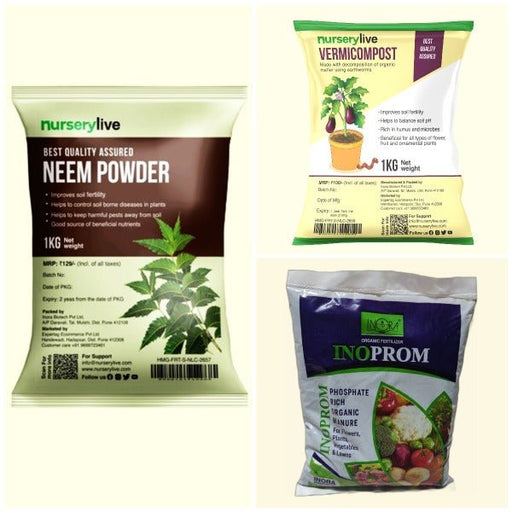 Save 16%
Save 16%
Combo of Top Plant Fertilizers Elevate your gardening game with our exclusive Combo of Top Plant Fertilizers, featuring two bags of premiu...
View full details Save 24%
Save 24%
Pack of 4 Additives to Make Soil Healthy and Nutrient Rich Transform your garden into a thriving ecosystem with our Pack of 4 Additives de...
View full details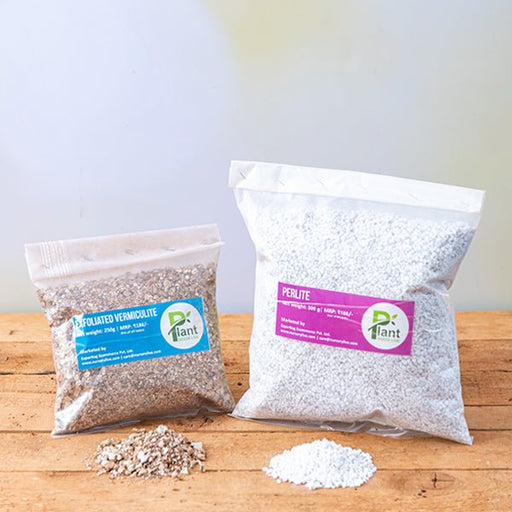 Save 30%
Save 30%
Transform your gardening experience with our premium Combo of Perlite and Vermiculite. This unique blend is designed to enhance soil aeration and ...
View full details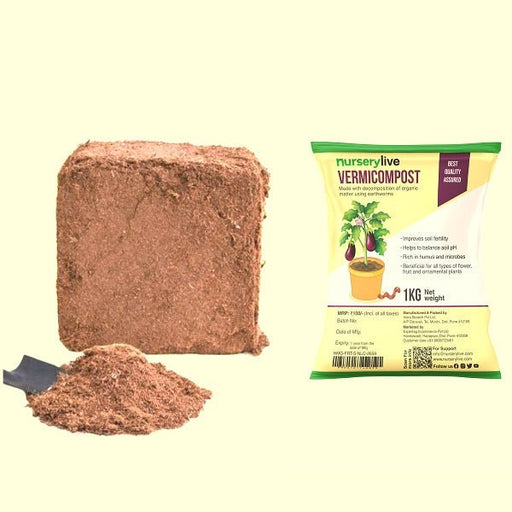 Save 27%
Save 27%
Combo of 2 Vermicompost and Cocopeat - Enrich Your Soil Naturally! Transform your garden into a thriving ecosystem with our Combo of 2 Ver...
View full details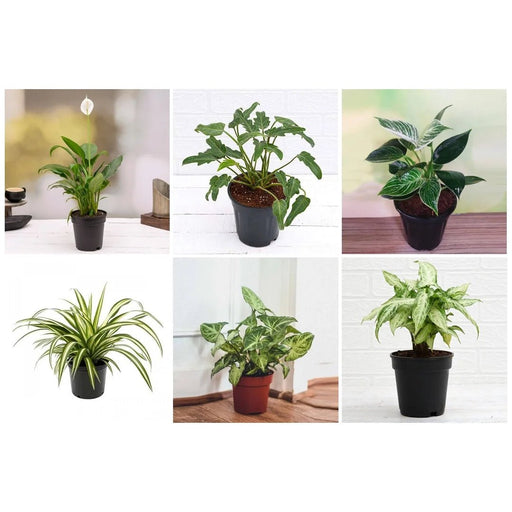
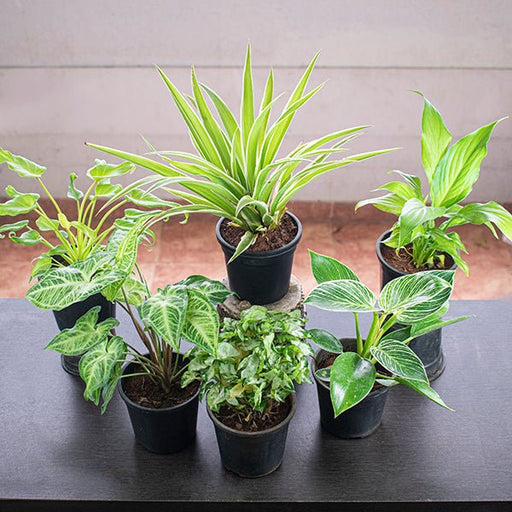 Save 35%
Save 35%
Best 6 Plants for Perfect Indoor Garden Transform your living space into a lush oasis with our curated collection of the Best 6 Plants for a...
View full details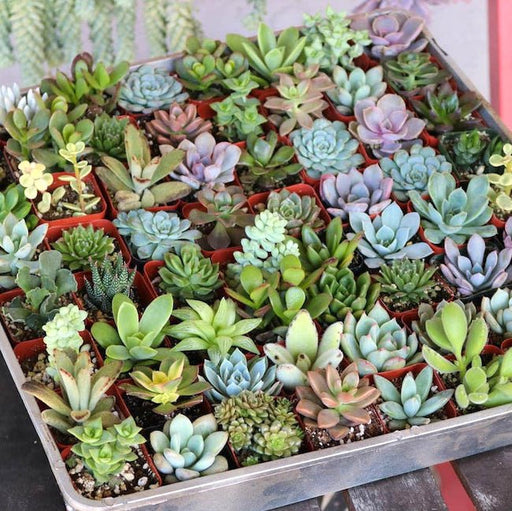
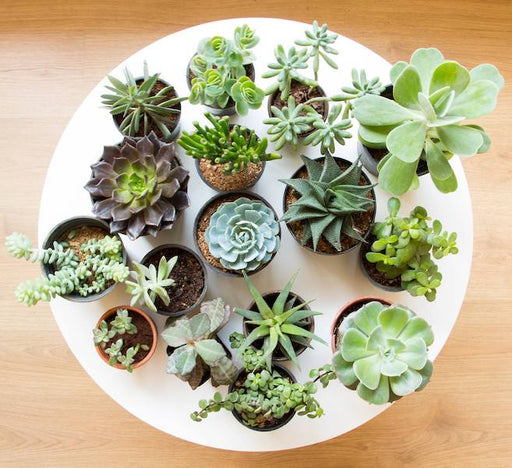 Save up to 50%
Save up to 50%
Mini Succulent Garden Pack Transform your space with our Mini Succulent Garden Pack, featuring a delightful collection of 4 any variety beautiful s...
View full details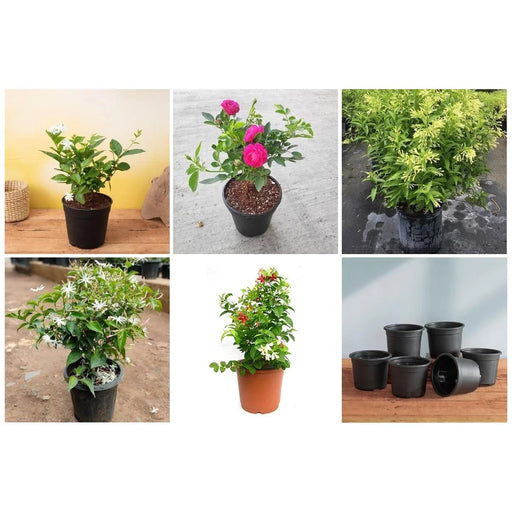
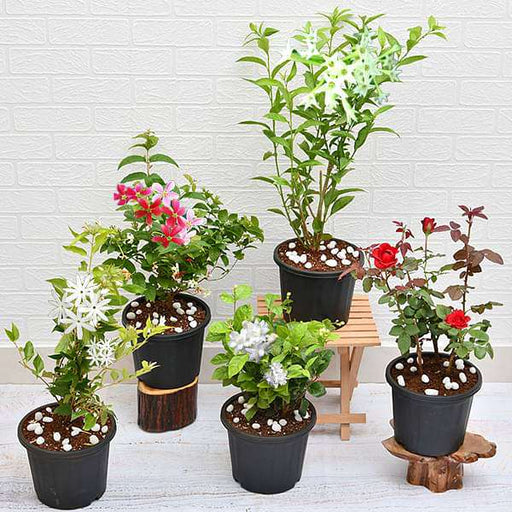 Save 30%
Save 30%
5 Best Fragrant Plants Transform your garden or indoor space into a fragrant paradise with our curated selection of the 5 Best Fragrant Plants. Th...
View full details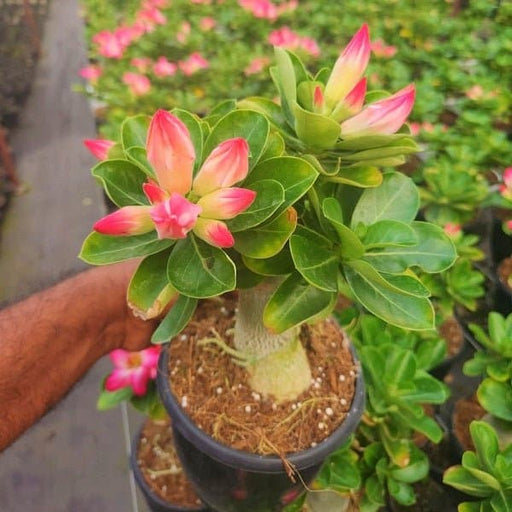
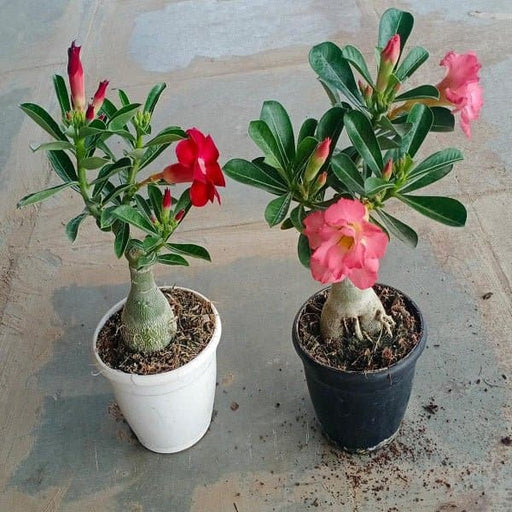 Save 24%
Save 24%
Set of 2 Bonsai Looking Grafted Adeniums Transform your indoor or outdoor space with our exquisite Set of 2 Bonsai Looking Grafted Adenium...
View full details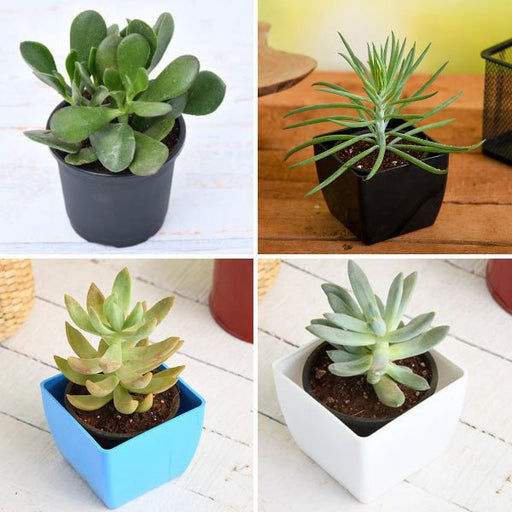 Save 45%
Save 45%
Top 4 Die Hard Succulents Pack Transform your indoor or outdoor space with our Top 4 Die Hard Succulents Pack, featuring a curated selecti...
View full details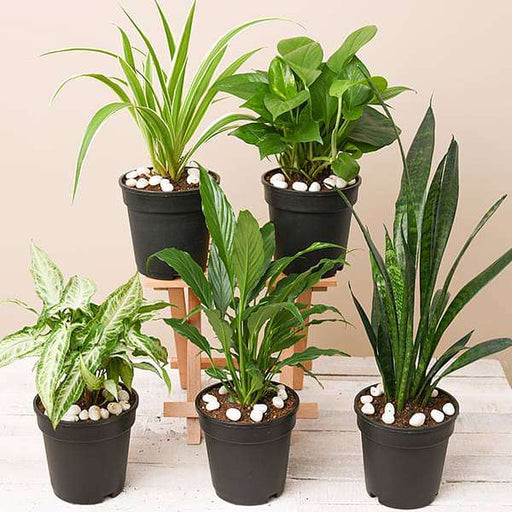
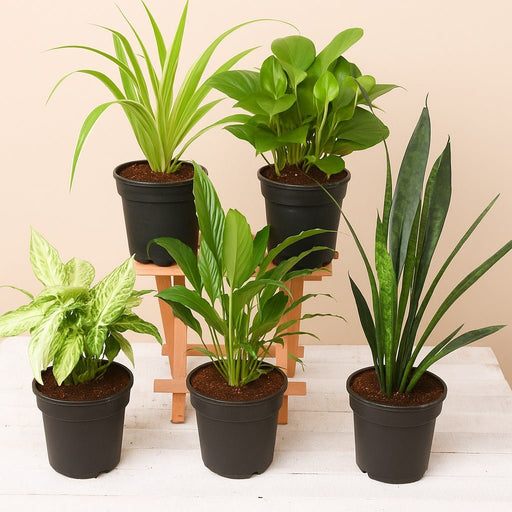 Save 30%
Save 30%
5 Best Indoor Plants Pack Transform your living space into a lush oasis with our '5 Best Indoor Plants Pack.' This carefully curated collection fe...
View full details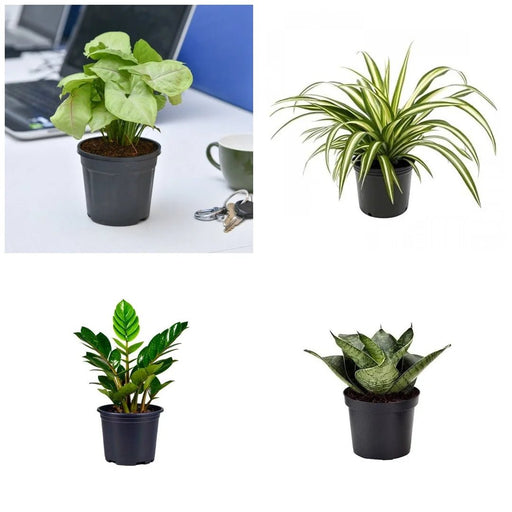
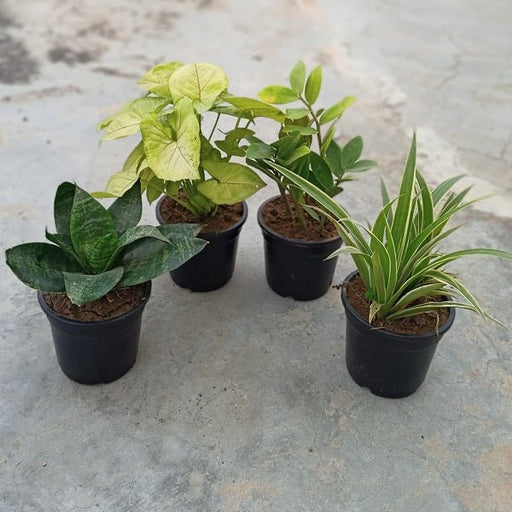 Save 25%
Save 25%
Set of 4 Evergreen Air Purifier Plant Pack Transform your indoor space into a lush, green oasis with our Set of 4 Evergreen Air Purifier Pla...
View full details| SrNo | Item Name |
|---|---|
| 1 | Betula lenta - Plant |
Betula lenta, commonly known as Sweet Birch or Black Birch, is a deciduous tree native to the eastern United States. Renowned for its aromatic bark and sweet sap, this tree can grow up to 60 feet tall and thrives in well-drained, moist soils. Its striking, dark brown to black bark peels in thin layers, revealing a lighter inner bark, making it a visually appealing addition to any landscape.
This tree is special not only for its beauty but also for its ecological benefits. Betula lenta provides habitat and food for various wildlife, including birds and insects. Its sap can be harvested to produce birch syrup, a unique and flavorful alternative to maple syrup, making it a sustainable choice for both culinary and environmental enthusiasts.
One of the standout features of Betula lenta is its essential oil, which is extracted from the bark and leaves. This oil has been used in traditional medicine for its anti-inflammatory and analgesic properties. Additionally, the tree's wood is prized for its durability and is often used in furniture making and cabinetry.
Betula lenta plays a crucial role in its ecosystem by providing food and shelter for various species. Its ability to thrive in diverse soil conditions makes it an excellent choice for reforestation and erosion control. Additionally, the tree's carbon sequestration capabilities contribute positively to combating climate change.
If you think caring for a Betula lenta is like babysitting a toddler, you’re not entirely wrong. This tree, also known as sweet birch, thrives on attention but doesn’t throw tantrums. It loves well-drained soil and a sunny spot, so make sure it’s not stuck in the shade like a wallflower at a dance. Water it regularly, but don’t drown it—this isn’t a swimming lesson. Pruning? Only when it’s feeling a bit too bushy. Treat it right, and it’ll reward you with beautiful foliage and a sweet scent that’ll have your neighbors wondering what you’re up to.
Why plant a Betula lenta? Well, aside from being a stunning addition to your yard, this tree is like the Swiss Army knife of the plant world. It provides shade, beauty, and even a bit of wildlife habitat. Birds love it, and who doesn’t want to be the neighborhood birdwatching hotspot? Plus, its bark can be used for medicinal purposes. So, while you’re sipping your herbal tea, you can feel smug knowing you’ve got a tree that’s practically a wellness guru.
If you’re impatient for your Betula lenta to grow, you might want to take up knitting instead. This tree has a moderate growth rate, typically adding about 12 to 24 inches a year. It’s not a speed demon, but it’s not a sloth either. Think of it as the tortoise in the race—slow and steady wins the beauty contest. With the right conditions, it’ll eventually reach heights of 50 to 70 feet, making it a towering presence in your garden. Just remember, good things come to those who wait!
Betula lenta is a bit of a soil snob. It prefers well-drained, loamy soil that’s rich in organic matter. If your soil resembles a brick, it’s time for a makeover. Amend it with compost and organic material to create a luxurious bed for your tree. It’s like giving it a five-star hotel experience. Avoid heavy clay or overly sandy soils, as they’ll make your Betula feel like it’s on a bad vacation. Treat its roots right, and it’ll reward you with a stunning display of foliage.
Every tree has its enemies, and Betula lenta is no exception. While it’s generally resilient, it can attract pests like aphids and birch borers. Think of them as the uninvited guests at your tree’s party. Regular inspections and a good dose of insecticidal soap can keep these party crashers at bay. And remember, a healthy tree is less likely to attract pests, so keep up with that care routine. After all, nobody likes a tree that’s looking a little under the weather.
The uses of Betula lenta are as varied as a Swiss Army knife. Beyond its aesthetic appeal, this tree has practical applications. Its bark can be harvested for medicinal purposes, and the sap can be turned into a delightful syrup—yes, you can make your own birch syrup! Imagine drizzling that on pancakes. The wood is also prized for its strength and beauty, making it a favorite among furniture makers. So, whether you’re looking to beautify your yard or whip up some homemade syrup, Betula lenta has got you covered.
Want to spread the love of Betula lenta? Propagation is your answer! You can start new trees from seeds or cuttings, but be prepared for a bit of a waiting game. Seeds need a cold stratification period, which is just a fancy way of saying they need a winter chill. If you’re going the cutting route, make sure to choose healthy, young branches. It’s like picking the best apples from the tree. With a little patience and care, you’ll have a mini forest of Betula lenta in no time.
When autumn rolls around, Betula lenta puts on a show that would make Broadway jealous. Its leaves transform into a stunning palette of yellow and gold, creating a breathtaking spectacle. It’s like nature’s way of saying, “Look at me!” This fall color is not just for show; it also attracts wildlife, making your yard a hotspot for critters looking for a snack. So, if you want to be the envy of the neighborhood during fall, plant a Betula lenta and let it strut its stuff.
Betula lenta is a tree that knows how to pick its friends. It thrives in moist, well-drained areas, often found in the understory of deciduous forests. It’s like the cool kid who hangs out in the shade but still gets plenty of attention. This tree prefers a bit of company, so planting it alongside other native species can create a harmonious ecosystem. Just make sure it’s not too crowded; even trees need their personal space!
Like any good drama, Betula lenta has its share of villains—diseases that can threaten its health. Fungal infections like leaf spot and cankers can be a real downer. But fear not! Regular monitoring and good cultural practices can keep these pesky issues at bay. Think of it as giving your tree a health check-up. A little prevention goes a long way, ensuring your Betula stays vibrant and healthy, ready to dazzle you with its beauty.
If you’re looking to elevate your landscaping game, Betula lenta is your secret weapon. This tree adds vertical interest and a splash of color, making it a perfect focal point in any garden design. Pair it with flowering shrubs or perennials for a stunning contrast. It’s like the cherry on top of your garden sundae. Plus, its graceful form and beautiful bark make it a year-round showstopper. So, roll up your sleeves and get ready to create a landscape that’ll have everyone talking!
Betula lenta, also known as sweet birch, is a deciduous tree native to North America. It’s famous for its aromatic bark and sweet sap, which can be turned into syrup. Think of it as nature’s candy factory, but with a trunk!
Betula lenta can reach heights of 50 to 70 feet, making it a towering presence in your garden. It’s like the gentle giant of the forest, providing shade and a home for various critters. Just don’t expect it to fit in your living room!
Betula lenta thrives in well-drained, moist soil and prefers full sun to partial shade. It’s like a diva that demands the right conditions to flourish. Give it a cozy spot, and it’ll reward you with stunning foliage and a delightful aroma!
Betula lenta typically blooms in early spring, showcasing its charming catkins. These little flower clusters are like the tree’s way of saying, “Hello, world!” Just be ready for a pollen party if you’re allergic—nature’s confetti can be a bit much!
While Betula lenta is a majestic tree, it may not be the best fit for small gardens. It’s like trying to fit a giraffe in a compact car—just doesn’t work! Consider smaller trees or shrubs if space is tight.
Caring for Betula lenta involves regular watering, especially in dry spells, and occasional pruning. Think of it as giving your tree a spa day—just a little TLC goes a long way in keeping it healthy and happy!
Betula lenta can attract pests like aphids and birch borers. It’s like a tree magnet for tiny troublemakers! Regular inspections and natural pest control methods can help keep these nuisances at bay, ensuring your tree remains the belle of the ball.
While Betula lenta prefers moist conditions, it can withstand short periods of drought. However, prolonged dry spells may leave it feeling a bit parched. Think of it as a tree that enjoys a refreshing drink—don’t let it go thirsty for too long!
Betula lenta is not particularly deer-resistant, as these critters find its tender leaves quite tasty. It’s like inviting a buffet of greens for the local deer population! Consider protective measures if deer are frequent visitors in your area.
Betula lenta can live for 30 to 50 years, depending on its environment and care. It’s like a tree with a solid life plan—just enough time to grow tall and share its beauty with the world before taking a well-deserved rest.
Absolutely! Betula lenta wood is prized for its strength and beautiful grain, making it perfect for furniture. It’s like the tree’s way of saying, “I’m not just a pretty face; I can be functional too!”
You can find Betula lenta at local nurseries, garden centers, or online plant retailers. Just make sure to choose a reputable source—after all, you want a tree that’s ready to impress, not one that’s had a rough start in life!